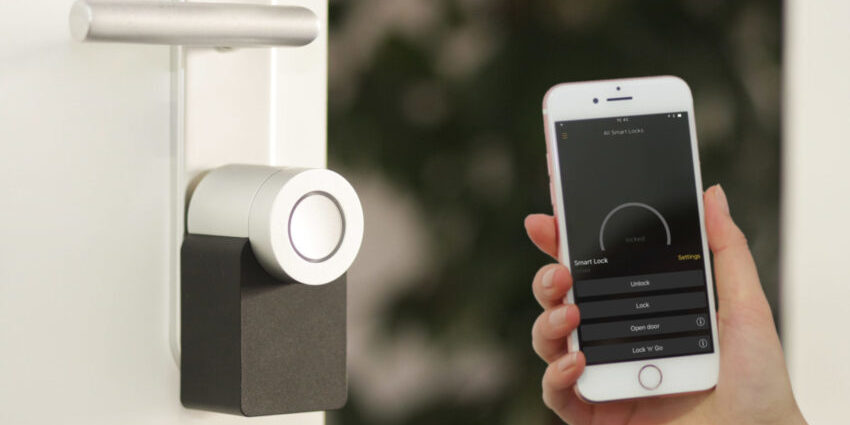Just as new technology has changed television and telephones, it’s also changing caregiving.
For busy caregivers who need time to work or relax while their loved ones stay home, technology can provide an answer. For example, caregiver Peter Rosenberger, who hosts a caregiving radio show on IHeart radio, uses technology frequently to make his life work better as he cares for his wife, Gracie, who lost her lower legs in a car accident more than 30 years ago.
“Caregivers are known to be resourceful and adaptive,” Rosenberger said. “Using technology to help is a growing trend.”
For example, recently, Rosenberger traveled to Washington DC, while Gracie remained home. His phone allowed him to continue to enact caregiving tasks. When a phlebotomist needed to test her blood, Rosenberger unlocked their home remotely from his hotel room, the blood was drawn, and then he relocked the door after the procedure ended.
An assortment of apps offer avenues to aid caregivers, he said. For example, a mattress pad can send text messages to alert a caregiver that a loved one hasn’t moved for a proscribed length of time. Bluetooth headphones can enable multi-tasking so Rosenberger can work on the phone while taking care of tasks like cooking or ironing.
“There are all kind of things you can do with technology,” he said. “If you have a logistical or mobility impairment, use technology to offset it in anyway you possibly can.”
Here are some tips to add technology to your caregiving life:
1) Be Creative
Creativity is often key. For example, one day Rosenberger needed to buy shoes for his wife. He could have spent many hours getting her to the shoe store, trying on shoes, and returning home. Instead, he went solo with one of her prosthetic feet. Then using videoconferencing, he showed his wife the available shoes, she selected three styles she liked, and he purchased them. Using a little creative thinking, he was able to buy three pairs in 30 minutes that his wife thought were fabulous.
2) Telemedicine
Applications like Facetime and Skype can allow patients to enjoy telemedicine, which is simply medicine conducted over the phone instead of in person. This type of medicine has been around for decades mainly to help people who live in remote areas, but new technology makes it a practical choice for a wider variety of patients.
3) Investigate the Possibilities
Rosenberger’s alarm company provides a phone app that allows him to control the system when away from home, and other apps, such as MyQ, can provide control of specially equipped items in the home, such as the garage door or indoor lights. Other helpful apps might include MyNotifi, which combines a wristband with a mobile app to notify loved ones in the event of a fall, and a variety of apps, such as Kincare, Carely and Caring, are geared to coordinating caregiving tasks with varied family and friends.
4) Voice Control
Depending on the disorder or need, voice control of phones can make life easier. With eyesight issues, a phone and the built-in voice control can offer more independence. The same holds true for mobility and motor control. The fact that phones can respond to talking or read aloud can provide an enhanced quality of life for a loved one, while also allowing multitasking and flexibility for a caregiver.
When thinking about how technology can be of assistance, don’t forget older technology. “As far as I’m concerned, a crock pot is a valuable piece of technology,” said Rosenberger, who uses one to make dinner preparations easier. “There are so many wonderful inventions.”
To make an online donation to The Kathi Koll Foundation, please click here.


